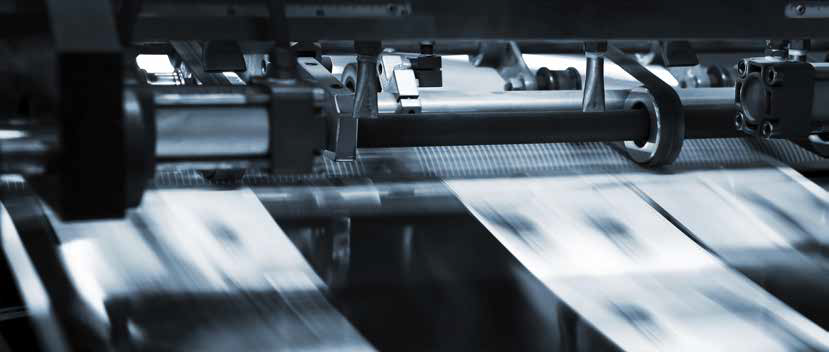Abstract
Uteco Converting SpA is the world leader in the production of printing machines for diverse flexible packaging applications. The company, which maintains a constant focus on research and innovation, offers a broad range of flexographic and rotogravure printing machines, laminating machines and hi-tech machines with special configurations. In this article, Uteco describes how it applied Computational Fluid Dynamics (CFD) to assist the design and improvement of its printing machines. Specifically it describes how CFD simulation was applied to study and eliminate printing defects created by air entrainment in the printer’s design, and to improve the performance of ink drying processes while containing energy consumption, and improving operator safety in its high production printers.
Read the article


